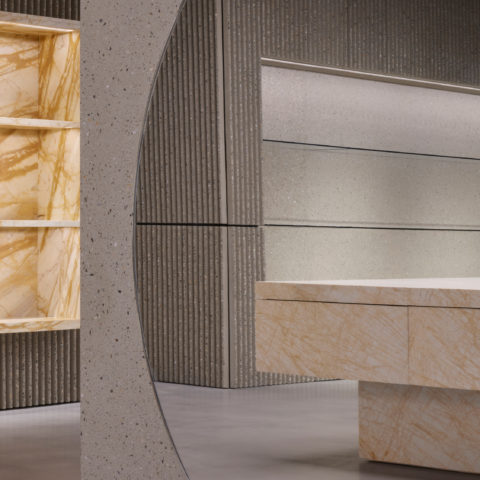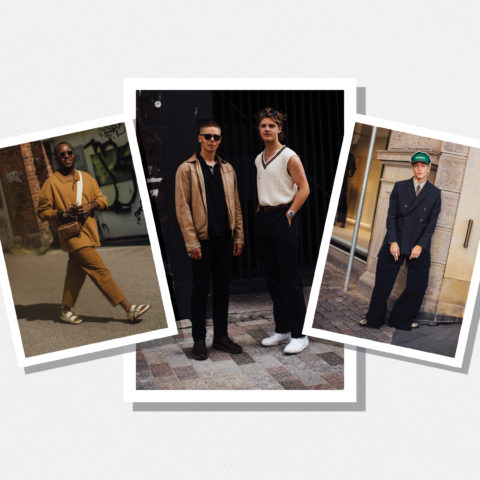This App Can Help You Buy Shoes Online That Actually Fit
FTSY uses your smartphone camera to scan your feet and then recommends footwear brands, styles and sizes that are most likely to fit
Online shopping is certainly touted as being more convenient, but is it? The idea of “Buy before you try” sounds enticing, until you realize you have to repackage and ship back the items that don’t fit. It’s especially an issue with footwear. Retailers like ASOS and Zalando field returns of up to 40 per cent. In 2013, Nick Robertson, former chief executive of ASOS, stated that a 1 per cent decrease in returns would add $16 million to the company’s bottom line. The issue is twofold: Sizes vary from one manufacturer to another, and evidently people don’t know the size of their feet.
FTSY (pronounced “footsy”) is one of a handful of apps that may address the fit problem. The app, which is currently in early public beta testing, uses your smartphone camera (iPhone 6s or higher) to scan your feet, creates a 3-D profile on them and then recommends footwear brands, styles and sizes that are most likely to fit.
The team behind FTSY hopes that the app’s size and style recommendations will eliminate the need to choose a shoe size and allow shoppers to purchase confidently. If enough shoppers size themselves via the app, and enough retailers adopt the tech for their websites, “it’ll be your ‘fit passport’ or digital profile, where you log in and everything you see on the site will be guaranteed to fit,” explains P.J. Worsfold, head of product at FTSY.
Andrew Hanscom, founder and CEO of vFit, says that 75,000 users have scanned their feet with his app, which takes 3-D images of a person’s feet and compares those images with a 3-D rendering of the insides of a pair of shoes. He says that vFit, which is available on the Apple App Store and Google Play, is similar to aggregators like Trivago, the hotel price-comparison site. “I took that model and did it with shoes,” he says. “We can pull in data from hundreds of retailers, and if you’re looking for a specific Nike and you’ve imaged a size 7.5, you’ll know who’s got this available.” Hanscom reckons that his service would reduce store returns to less than 2 per cent.
Add augmented reality (AR) to the equation and online shoe shopping may become a no-brainer. You’ll have a perfect fit, and by using AR, you’ll be able to superimpose the shoe’s image onto your foot to see if you like it.
While more consumers are shopping online, that doesn’t mean they don’t want integrated digital experiences in the store. At Bonobos, an e-commerce-driven men’s store with locations across the United States, shoppers can nip in and then go home to buy online.
Worsfold says FTSY hopes to integrate with Shopify, a boutique-brand e-commerce platform, and cites Margaux, the fit-focused direct-to-consumer footwear brand known for its ballet flats, as a prospective customer. Meanwhile, Koio, a New York-based sneaker company, is currently beta testing FTSY technology in its Nolita boutique. “We can create that bridge for brands where you scan your feet in-store and then buy online,” Worsfold says. “If brands are worried about Amazon eating their lunch, they can do that.”








